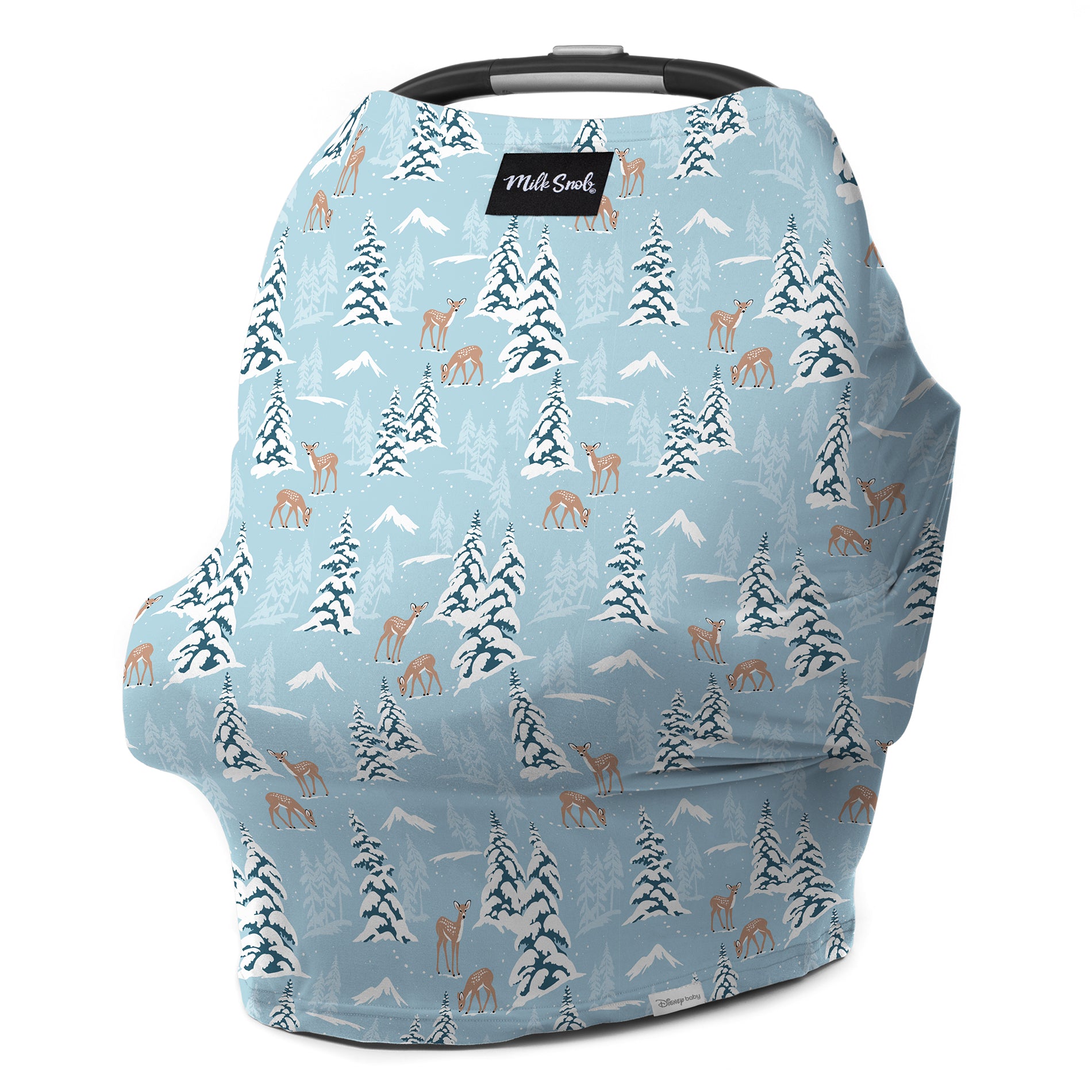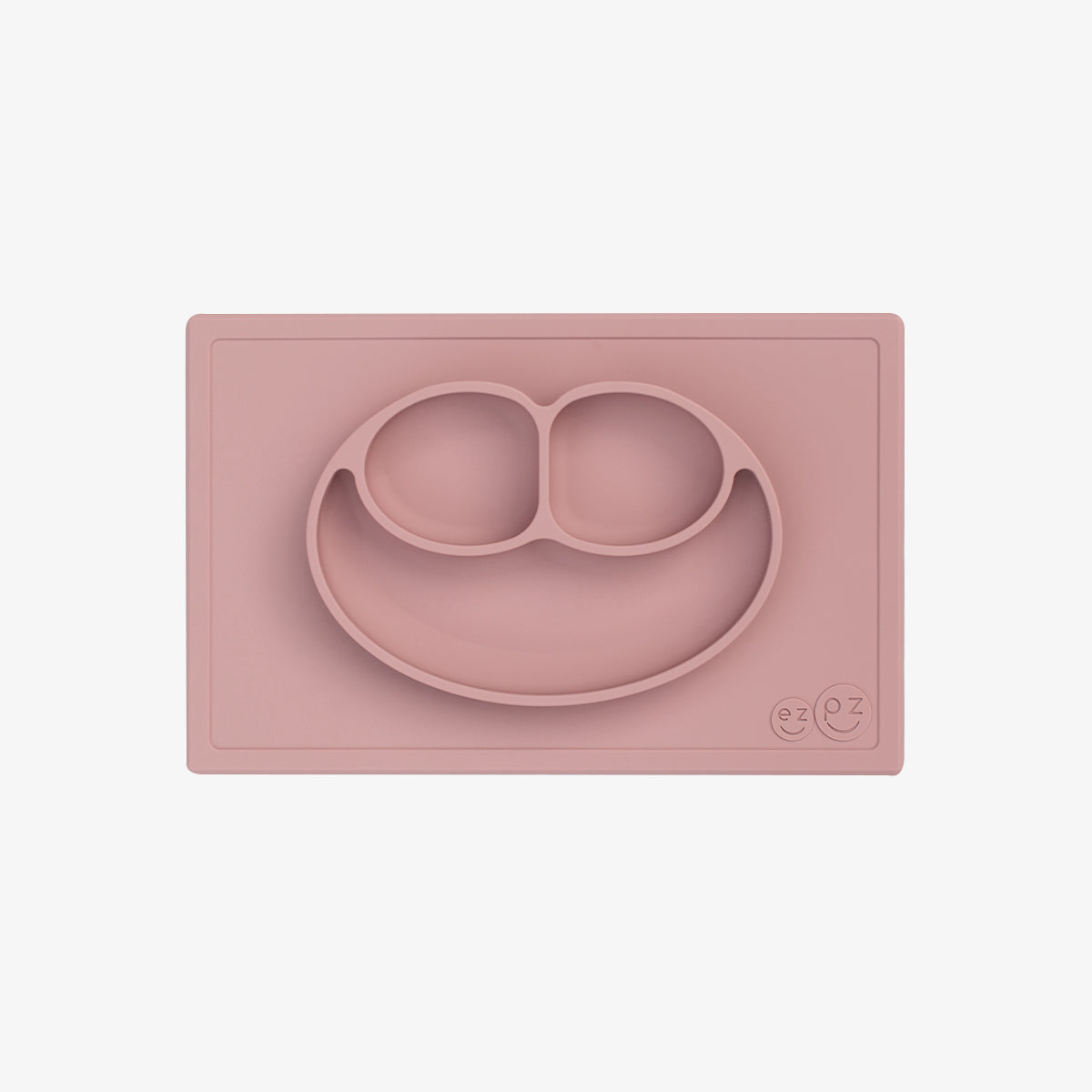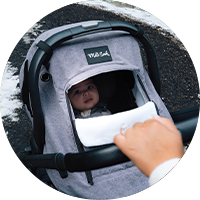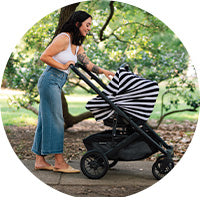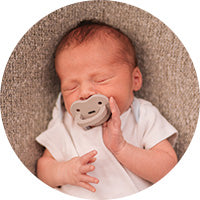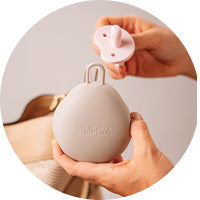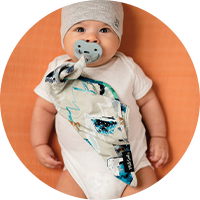Common Breastfeeding Problems and How to Solve Them
Putting your new baby to the breast for the first time and each subsequent time is often touted as a magical bonding moment between mother and child. But many moms encounter issues with breastfeeding. Finding the best position and getting the right flow going takes time and practice. You’re not alone. This quick guide to common breastfeeding problems and how to solve them should help get you and your new baby in sync for feeding time.
Latching On
Contrary to folklore and many new moms’ expectations, many babies don’t latch on to the breast easily. There are several possible explanations:
- Baby’s mouth and tongue – the shape of your baby’s mouth and the length of the frenulum (the piece of skin that attaches the tongue to the floor of their mouth) are shorter than usual. This condition (called tongue-tie) can make it harder for an infant to breastfeed. Consult a lactation specialist to help you find an optimal position to enable your baby to nurse.
- Positioning – the baby’s chin should be against the breast with its mouth open wide, covering most or all of the areola (depending on the size) with the nose free for breathing. Try gentle adjustments to help the baby get in position to get a good mouthful of breast. Tickle the baby’s cheek to encourage the rooting reflex and get the baby hunting around for the nipple.
- Inverted nipples – if, when you squeeze your nipple, the tip retreats inward, you may have inverted nipples. You can still breastfeed, but it may take a little extra work. Try encouraging the nipple to pop out by pumping a little first or depressing the areola with your fingers. Eventually, the power of your baby’s sucking should draw the nipple out.
- Preferring one breast – some women produce more milk in one breast than the other, and the baby notices. A preference for one breast shouldn’t be a problem, as long as the infant is getting enough milk, gaining weight, and producing enough poop and pee. Incorporate the other breast by hand expressing or pumping and freeze the milk for the future. The baby may change its mind and take the other breast eventually, so keeping it producing for as long as you continue to breastfeed will keep the supply flowing and prevent your breast from plugging up or running dry.
Pain
Many moms experience breast and nipple pain as a result of nursing. The problem usually resolves itself as the infant settles into a regular feeding schedule and gets used to latching on. However, some problems require treatment:
- Sore, cracked nipples – cracked or bleeding nipples require care. Use a purified lanolin cream or some of your breast milk as a salve. You can also use chilled gel nipple pads to soothe the pain. Let your nipples air dry after feedings. If the problem persists or your nipples are so sore that they bleed, talk to your lactation consultant or doctor. The problem may relate to how the baby is latching on.
- Plugged duct – clogged ducts are a common breastfeeding problem. If your baby decides he or she is full before your breast is fully emptied, pump the rest to avoid plugged ducts. Sometimes bras that are too tight or your sleeping position can cause a clogged duct. Massages, warm compresses, and more frequent nursing can help.
- Infection – an unresolved clogged duct can turn into mastitis, a painful inflammatory infection of the breast. If your breast develops a hard, red, and painful area that persists for more than 24 hours, contact your doctor. Sometimes, massages, warm compresses, or frequent feedings relieve it, but fever indicates an infection that needs treatment with antibiotics.
Swollen Breasts
Engorgement is common when the milk first comes in after birth. Breasts become swollen and hard, making it tough for the baby to latch on. Express milk by hand to get the flow going and soften the breast and try to empty the breast completely at each feeding. Try feeding more frequently until the baby and the breast adjust.
Supply Problems
Some women produce more milk than the baby can handle in one feeding. This may cause them to detach, snuffle, gag, cough, or spit up. Try switching breasts more frequently during feedings. Another tactic is to use one breast exclusively for four hours or so, allowing the other to fill—this signals the breast to stop producing. Then switch sides and empty the full breast by using it exclusively for the next four hours or so.
The opposite problem, too little milk, may have several causes. If the breasts aren’t emptied fully at feedings, this signals them to reduce production. Fatigue and dehydration contribute to low supply. Take good care of yourself, and pump to empty the breasts and encourage production. If your baby isn’t gaining weight and producing six or more wet diapers and at least three poops a day, call your pediatrician. You may need to supplement with formula until the breasts begin to produce more milk.
Leaking Breasts
Those embarrassing wet spots can happen at unpredictable moments. When you think about your baby or hear the baby coo or cry, this can stimulate the let-down reflex and cause leaks. Use nursing pads to absorb unexpected leaks. The problem should abate when you and the baby establish a regular feeding schedule.
Nipple Confusion
Nursing mothers who must supplement with a bottle because of poor production or returning to work and pumping may find that their baby begins to prefer the bottle to the breast. Try to keep feeding time low-key and similar. Sit in the same place, keep things quiet and calm, and continue skin-to-skin contact. Avoid pacifiers and bottles for the first six weeks if you can. When you must supplement, try having your partner feed with the bottle and stick to the breast yourself.
Bashfulness
Breastfeeding is normal, natural, and legal to do in public in every state. Nevertheless, many moms feel shy about breastfeeding in public—this is an intimate time with your baby, and exposing a breast is uncomfortable for most women. Use a Milk Snob breastfeeding cover-up to give you a sense of privacy if your baby wants a snack when you’re out.
Breastfeeding problems are common. Don’t be shy about asking for help—breastfeeding takes practice. If your baby won’t latch on or problems with your breasts prevent nursing, remind yourself that you’re doing an amazing job no matter how your baby eats. The most important thing is that your infant is getting enough nourishment, growing, gaining weight, and developing normally. If those things are on course, you’re doing great as a mom!






